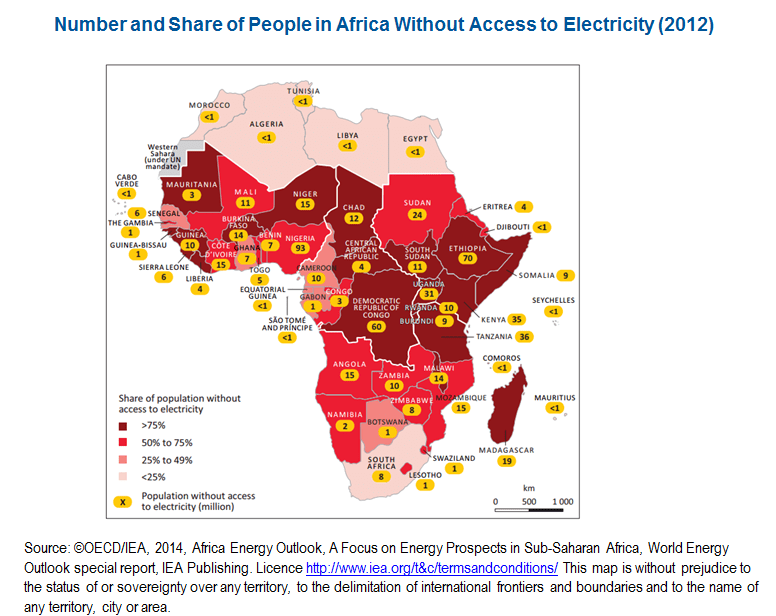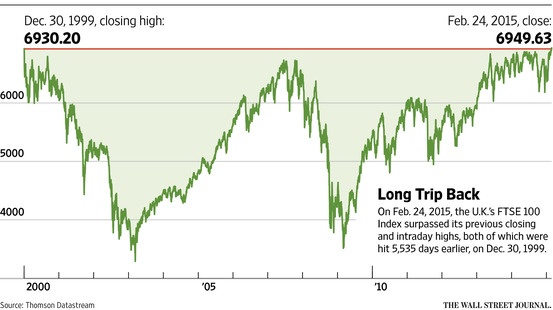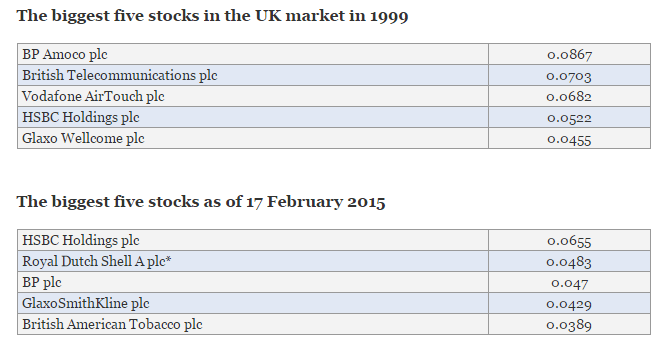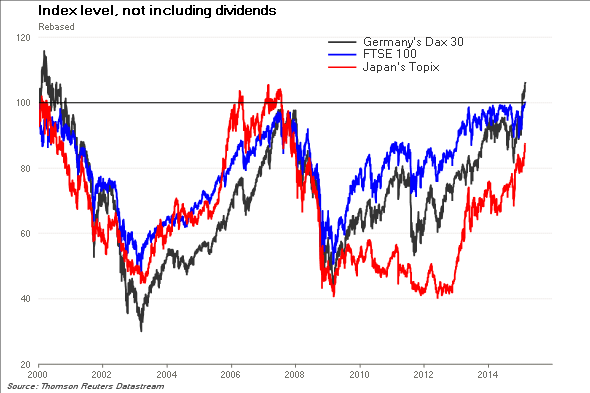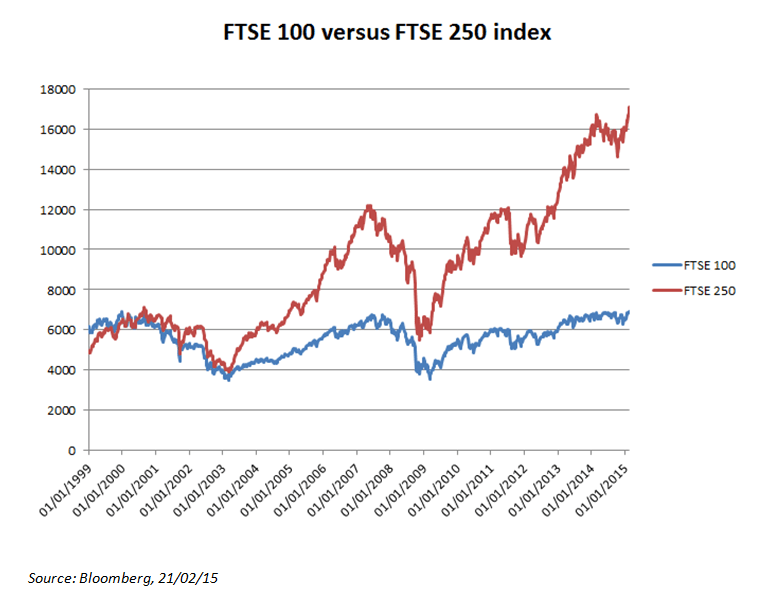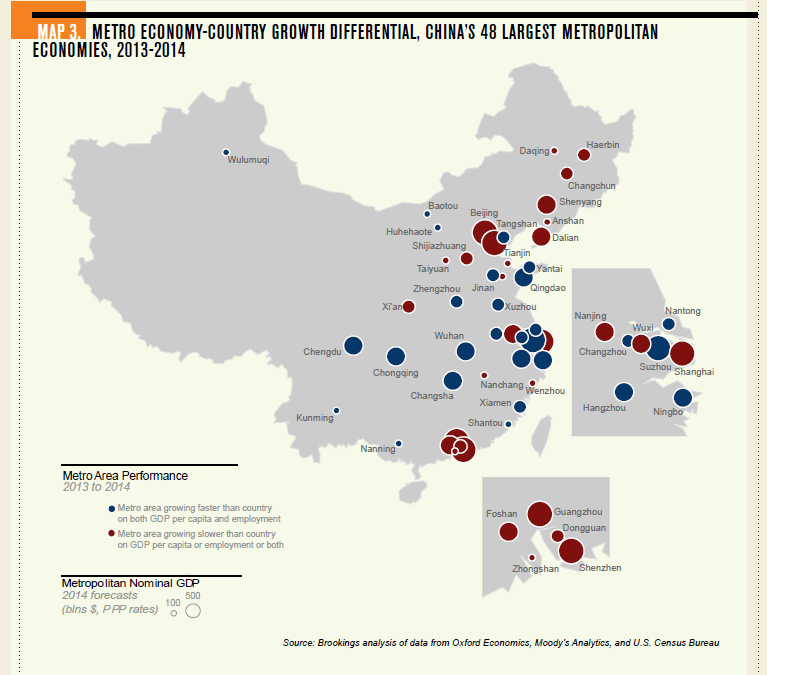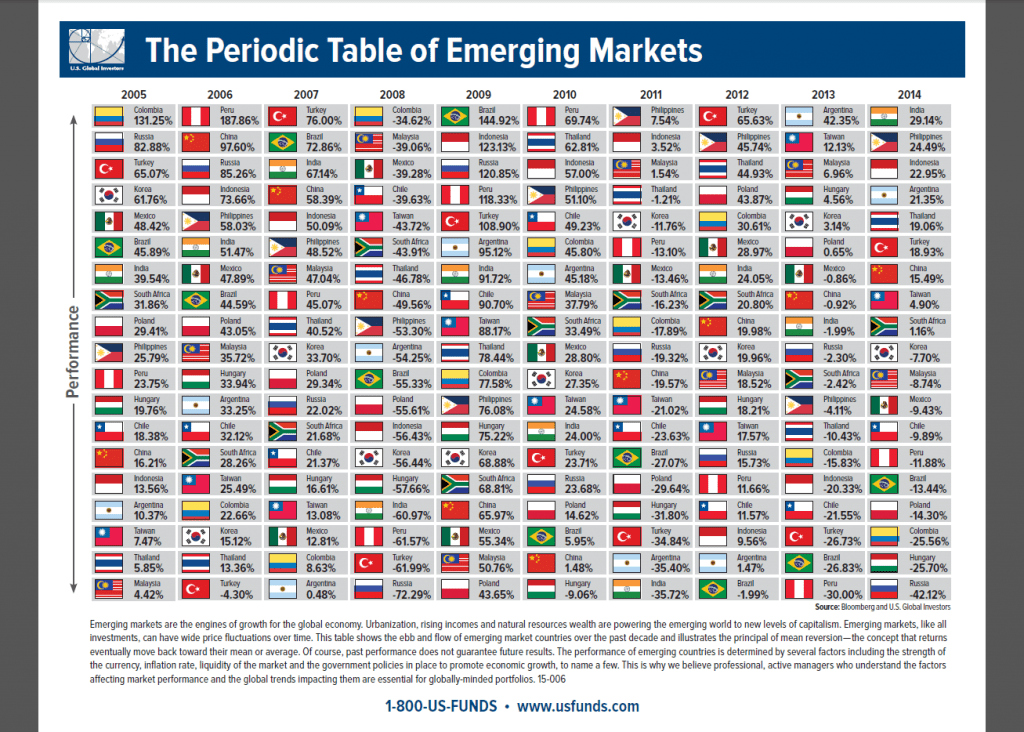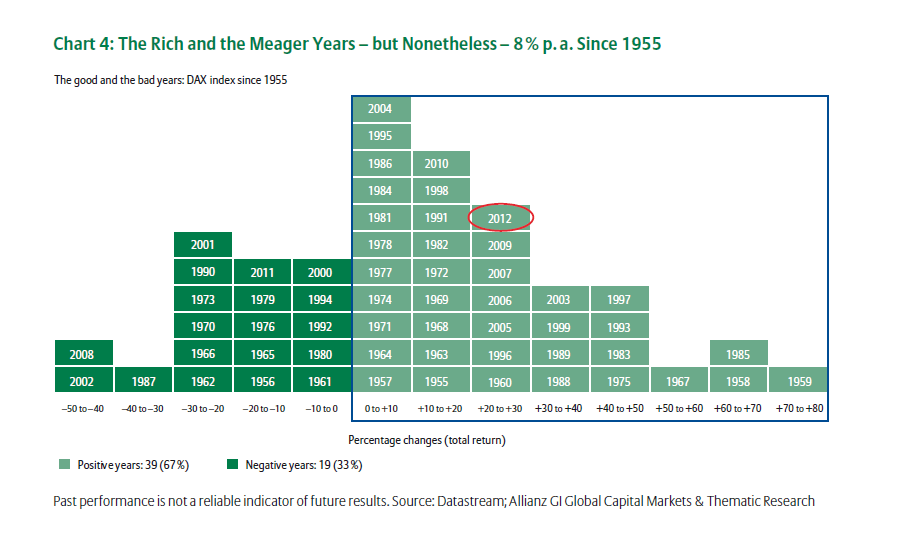Africa requires massive investments in power generation to meet its demand. According to an article by Dr.Mark Mobius the continent has only 7% of the power generating capacity of the U.S. This fact is astonishing since Africa is blessed with plenty of natural resources such as water, solar energy, oil, etc.
Click to enlarge
From the article:
Using per-capita data, a US citizen on average uses 12,461 kilowatt hours of electricity per annum; a citizen of Ethiopia uses 52. On average, only 30% of Sub-Saharan Africa citizens have any access to electric power,2 and even where power is available, provision can be sporadic, with frequent power cuts and “brown-outs.” One of my trips to Nigeria was enlivened by a power cut that unexpectedly left us stranded in the elevator at one of Lagos’s most prestigious hotels. For factories and hospitals, such interruptions can be more than inconveniencing.
If the challenge posed by Africa’s electric power deficit is monumental, so is the effort currently going into addressing the problem. Many of the most dramatic projects relate to harnessing the potential of Africa’s great rivers. Chinese firms utilizing skills built up during China’s program of dam building and electricity generating-plant expansion are prominent in many of the schemes. The Ethiopian government has been particularly active in this area, with major projects involving most of the rivers flowing through the country, headed by a plan to dam the Blue Nile that could potentially generate six gigawatts of power. Uganda, Mozambique and Ghana are also among countries that have major hydroelectric schemes under way or planned. But the largest of all is the Inga Falls Number Three project on the Congo River in the Democratic Republic of Congo, initially intended to generate 4.8 gigawatts, but with a potential ultimate generating capacity in excess of 40 gigawatts.3
2. Source: ©OECD/IEA, 2014, Africa Energy Outlook, A Focus on Energy Prospects in Sub-Saharan Africa, World Energy Outlook special report, IEA Publishing. Licence http://www.iea.org/t&c/termsandconditions/
3. Source: International Rivers.Org, Grand Inga Dam, DR Congo.
Source: Africa’s Electrifying Future, Jan 16, 2015, Mark Mobius, Franklin Templeton Investments
